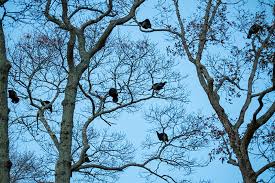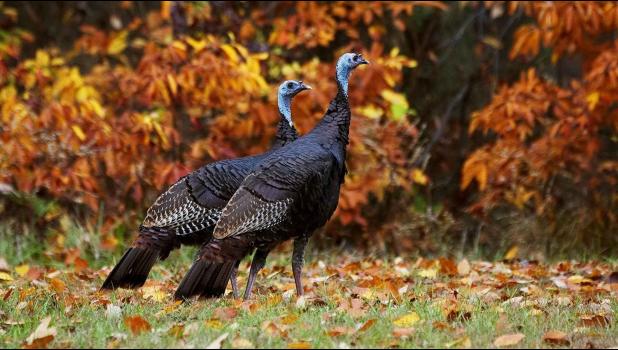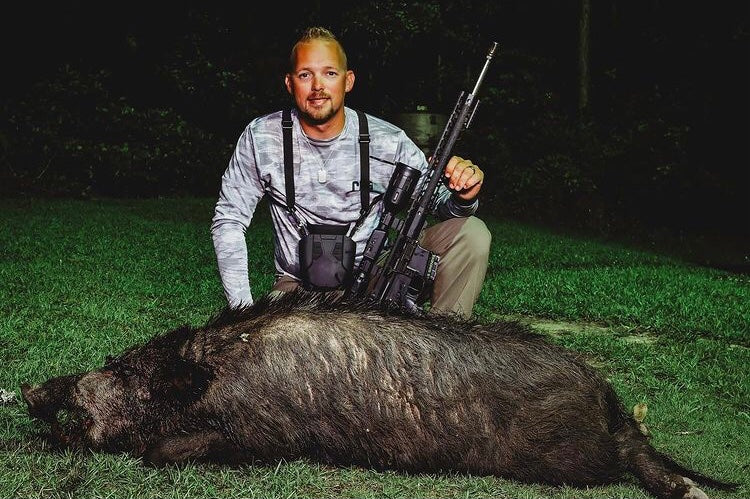It's Time For Fall Turkey Hunting!
The days are getting shorter and there’s a newfound chill in the air. While many hunters have their minds set on whitetails and waterfowl, the excitement of fall turkey hunting is also in full swing. Because the behaviors and movement of wild turkeys can differ from that of the Springtime hunting season, scouting for Fall turkeys should be a priority if you want to hunt them effectively. Studying their flocks can be both exciting and a practical means of finding harvestable Fall gobblers when the season is open. X-Vision Optics is here with 4 tips on scouting for your next Fall turkey hunt.1. Locate the essentials: Food and Water

Turkeys are sure to stay within a close range of the necessities especially when preparing themselves for winter. When fall turkey hunting, start by glassing areas where these three things are close together and they may not have to travel as far from food water and roosting areas as they conserve energy. Stay on the move but be subtle as not to spook them from an area. Hollows heavy with mature white oak can be a great place to find fall turkeys gorging themselves on fallen acorns, berries, beechnuts and a variety of other ground forage. Having water sources nearby is critical to them, aa they will walk to and from their feeding to drinking areas continuously throughout the day.
2. Find Their Roosting Locations
Locating roosting trees is a vital step in scouting for your Fall turkey hunt. Turkeys prefer tall broad limbed trees such as mature maples, oaks, and pines to shelter their flocks for the night. Arriving to your surveying area extra early before the first light of day to survey the tree lines for roosting flocks before they begin to move is a very wise move. The use of IR night vision optics, such as the Pro or Deluxe Night Vision binoculars can be extremely helpful in this situation as it allows you to observe the roosting turkeys from a distance and examine their behavior patterns while not disturbing them or giving away your surveillance. Avoid making your presence known, especially near where they roost and feel the safest. Stealth is key so the turkeys do no become wary of you and vacate the area.
3. Look For the Signs

Experienced Fall turkey hunters and scouters will tell you that although they can often seem elusive and constantly on the move, these birds leave many clues to their whereabouts. Tracks are a surefire way to see where they’ve been traveling. Much like deer, turkeys prefer a path of least resistance and will use game trails forged by other animals. Sandy and muddy areas near their water sources is a great way to gauge their presence and even the directional patterns they might be traveling. Molting feathers and droppings are the more obvious signs and are usually a great way to locate their roosting trees before they head back to them at nightfall.








